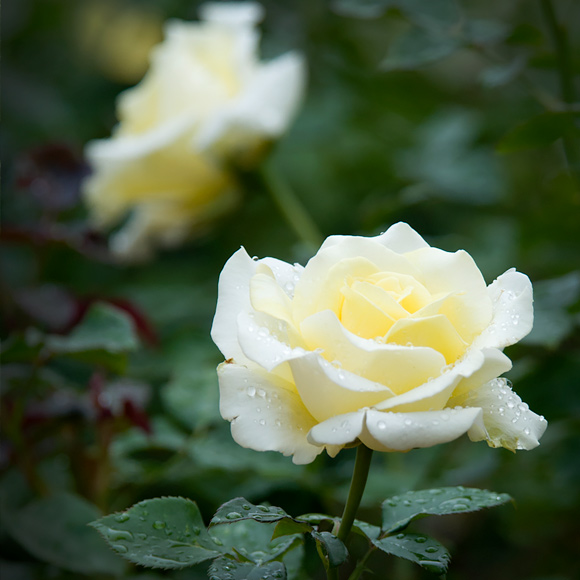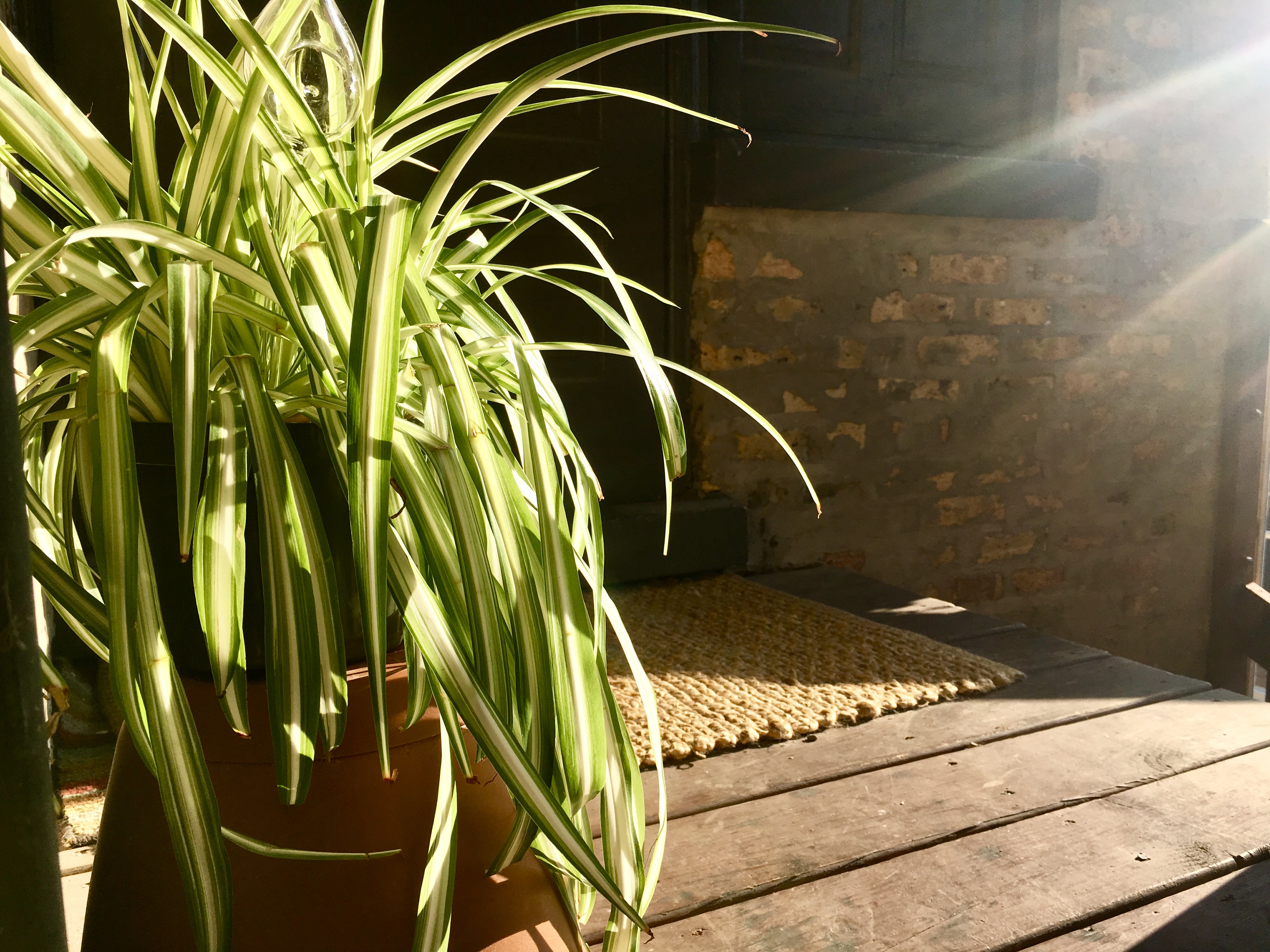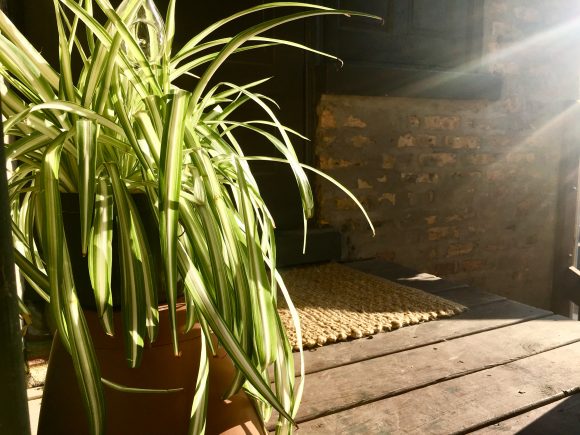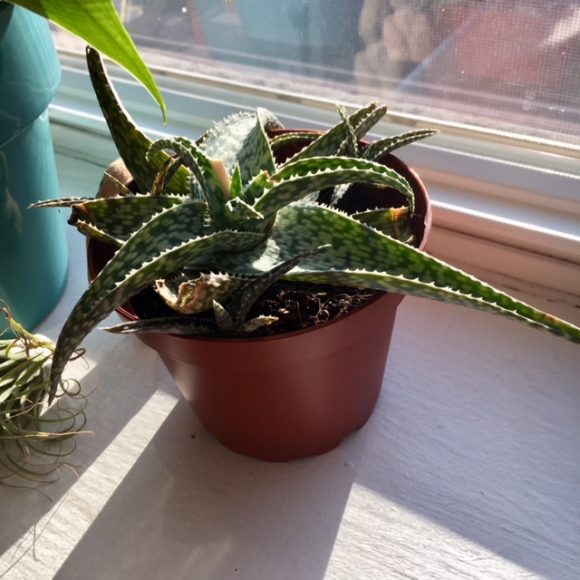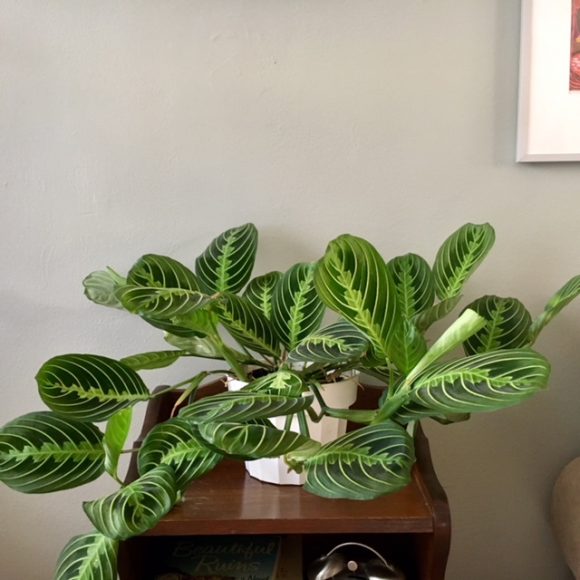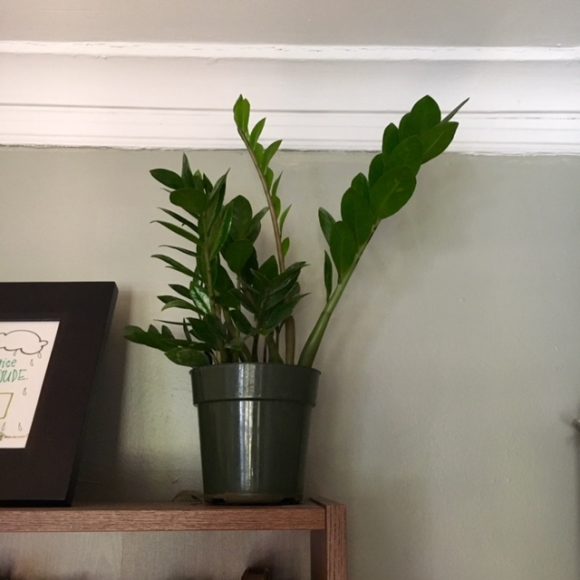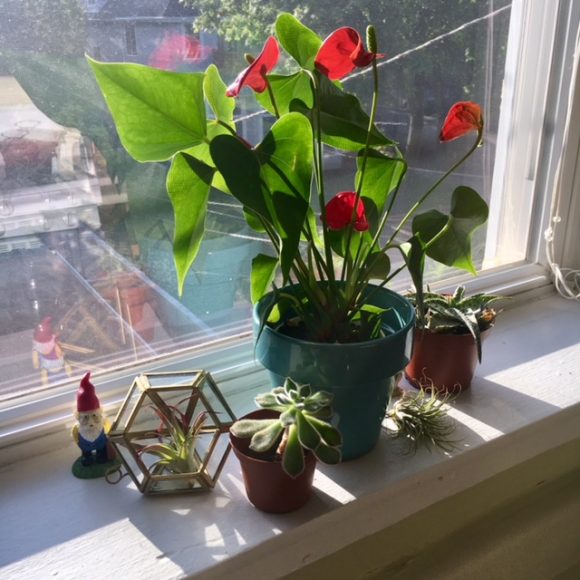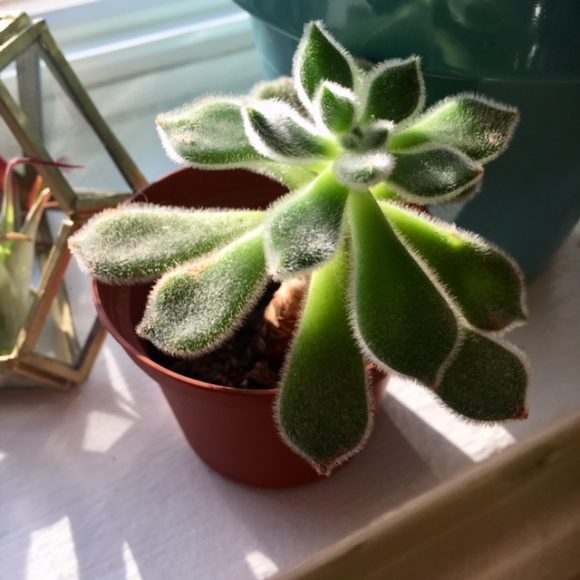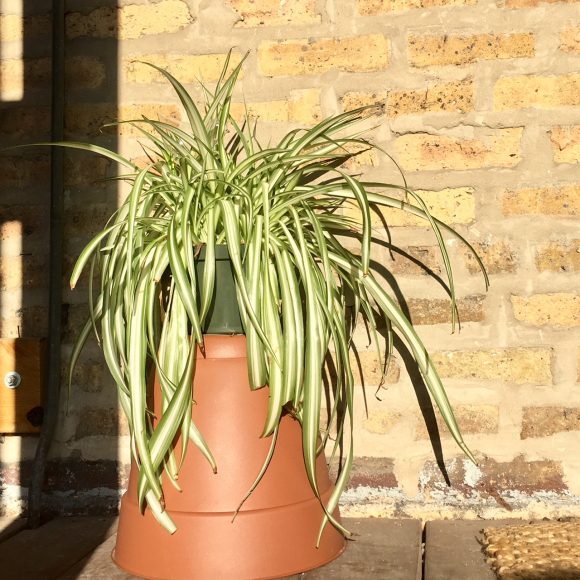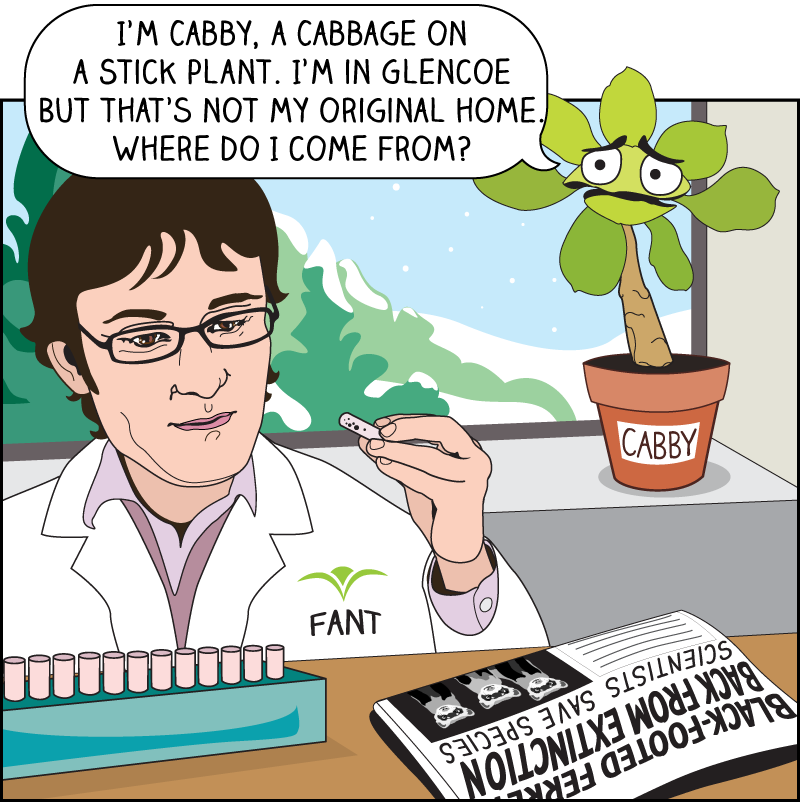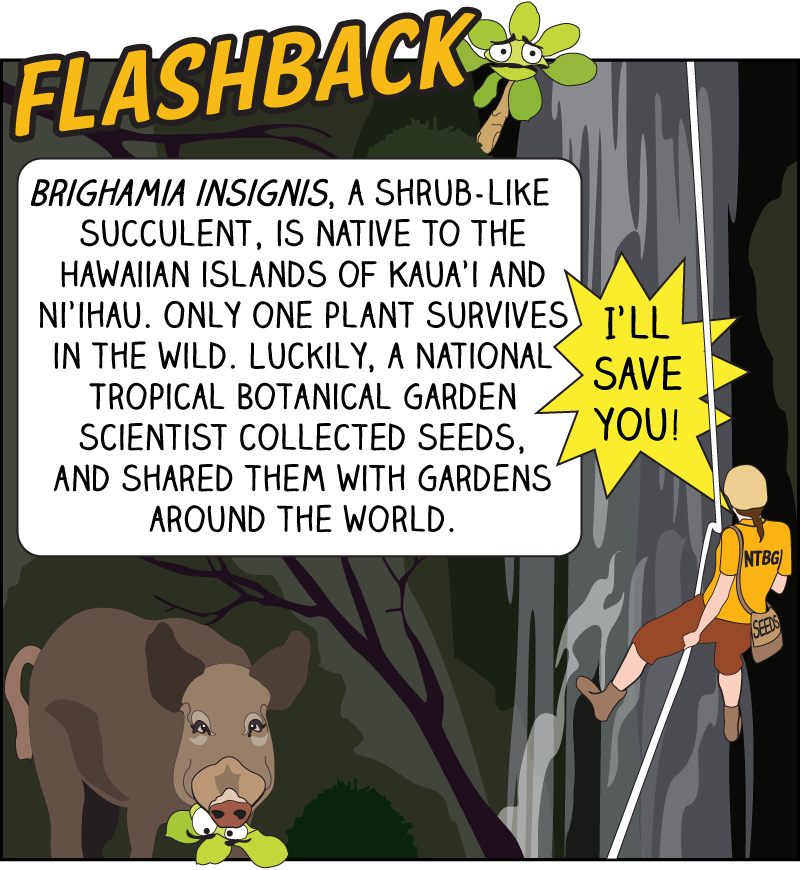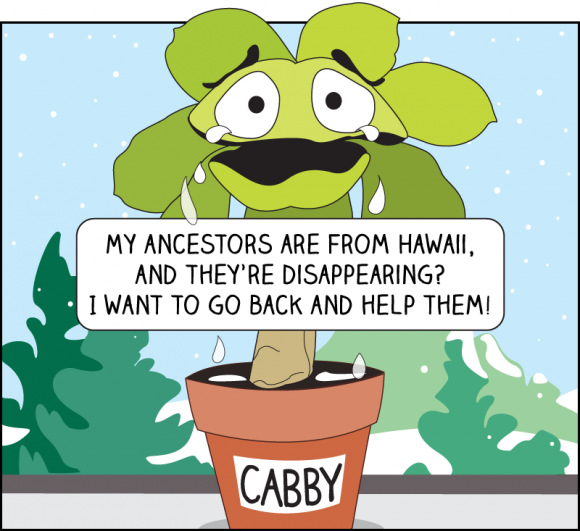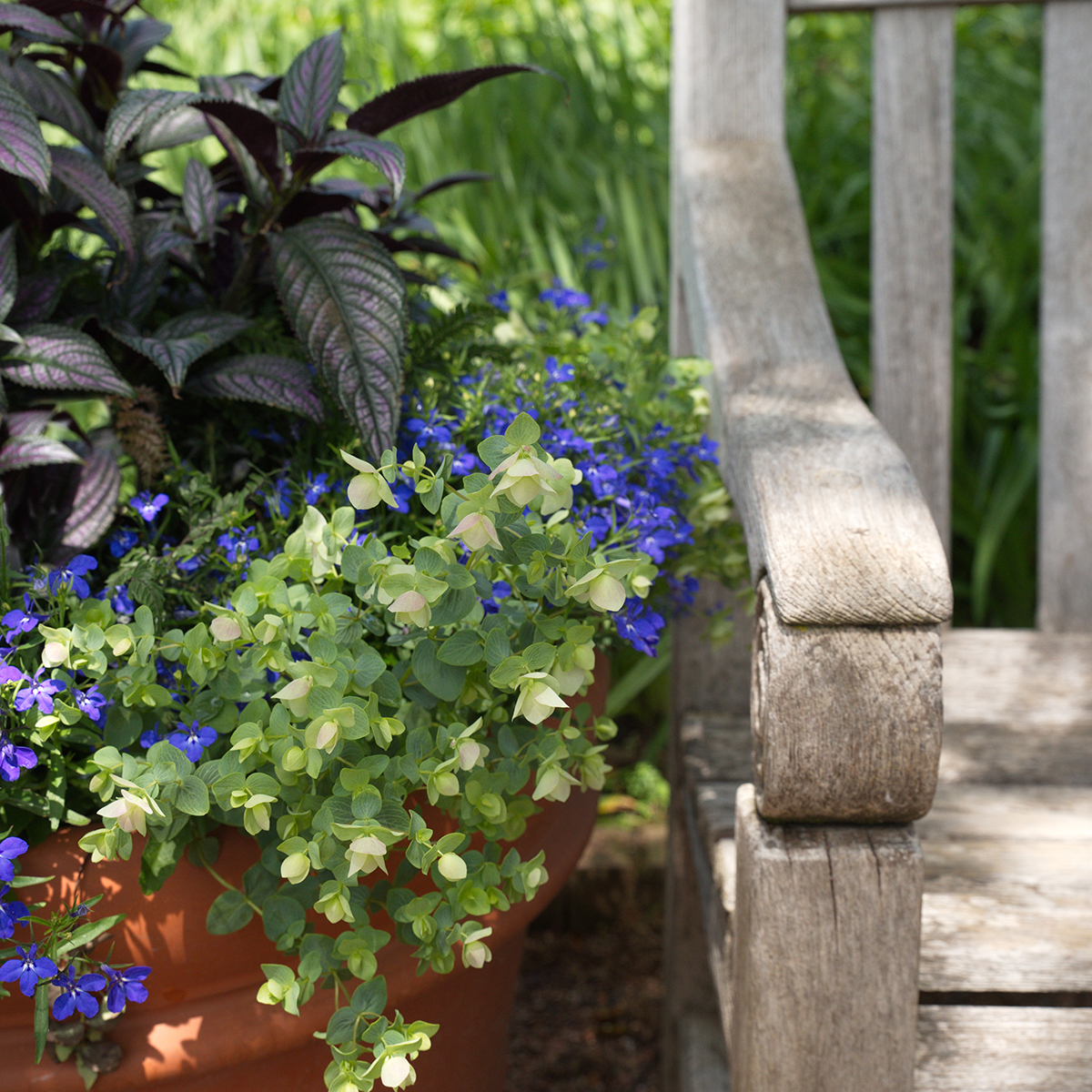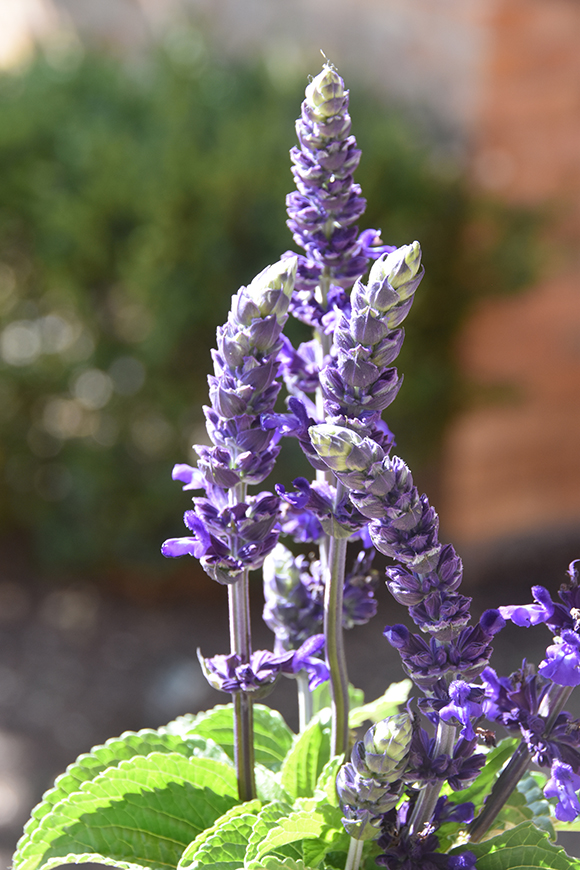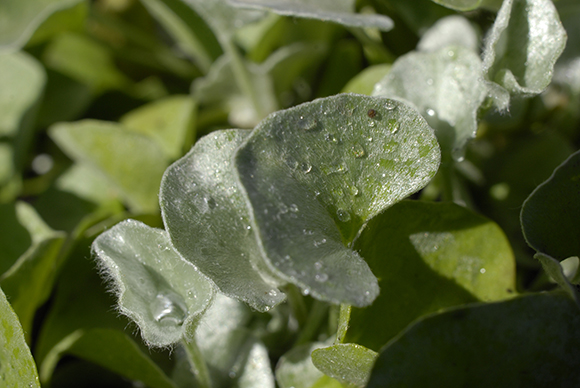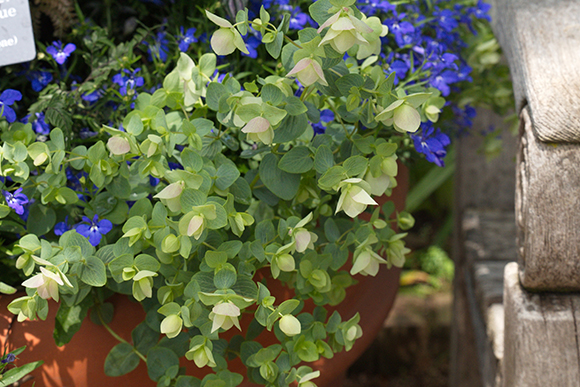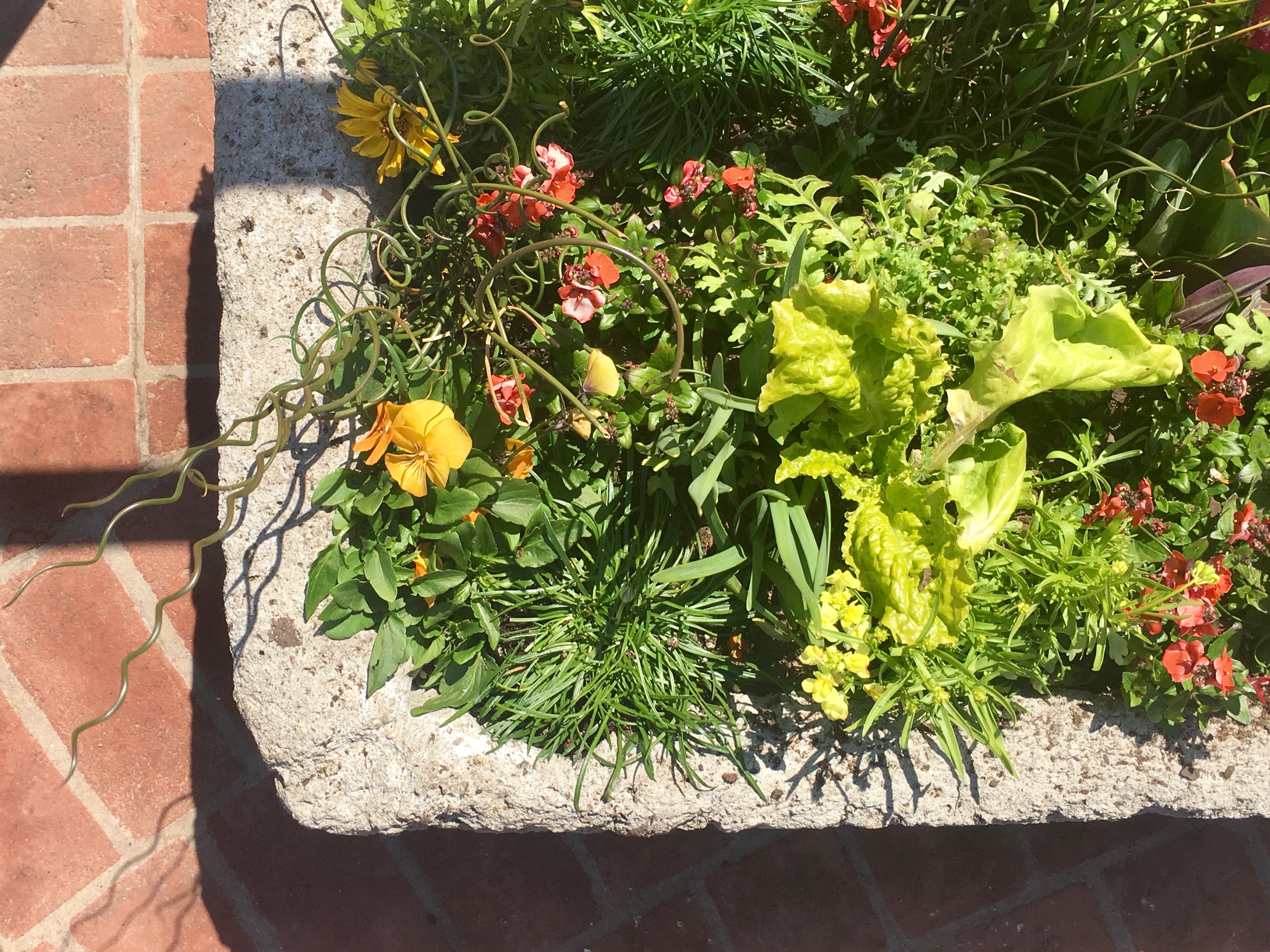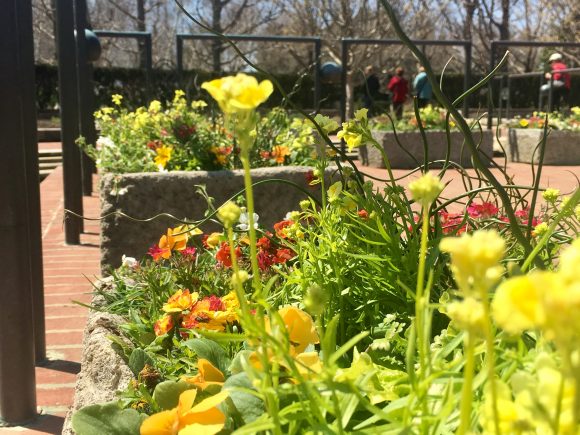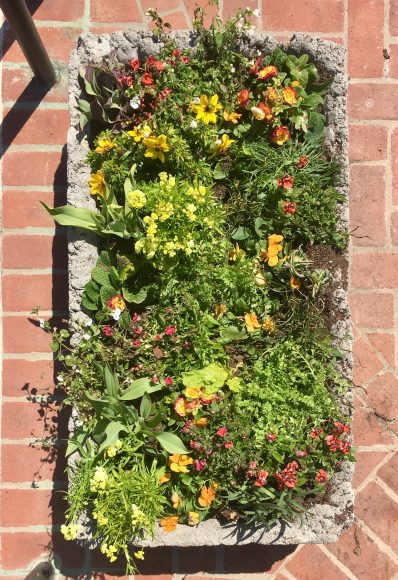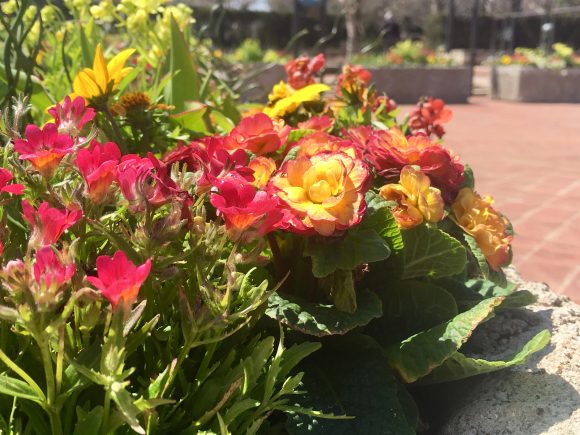Summer is in the air. As the nights heat up, it’s a perfect time to get outdoors and entertain in your garden. Chicago Botanic Garden floriculturist Tim Pollak shares how you can bring the party to your garden with a few simple tricks for evening entertaining.
Plant light-colored flowers
Enhance the darkness of evenings by planting white or cream-colored foliage and flowers. White flowers and plants create brightness in your garden by reflecting moonlight, candlelight, and firelight. Some flowers even “glow” in the moonlight, including white and yellow lilies. Pollak recommends flowering shrubs such as hydrangea, roses, and hibiscus.
Add fragrant, evening-blooming flowers
In areas where you can sit and entertain, use plants that emit mood-setting fragrance. Scent in a garden carries farther and longer in the evenings than in daytime, said Pollak. Plus, evening blooming plants often give off strong fragrance that attracts night-flying pollinators (additional guests for your party). Some examples of especially fragrant plants include heliotropium, nicotiana, and ipomoea alba.
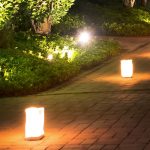 Install night accent lighting
Install night accent lighting
Lure guests down the garden path with purposefully placed outdoor lighting. You can shine focal points on specimen plants, and create wonderful shadows and backlighting effects that will enhance the setting of your evening party.
Keep warm with fire pits
People are drawn to fire pits, which create a campfire-like atmosphere, said Pollak. Fire pits also serve as focal points in your garden, providing warmth, light, and a cooking source. Stay warm on cooler nights, and enjoy the light and ambience that make fire pits a natural gathering spot for entertaining. Many fire pit options are available, including natural or electric, modern or traditional, in-ground or portable. Be sure to consider the placement of seating as well, with flexible options in case of wind and smoke.
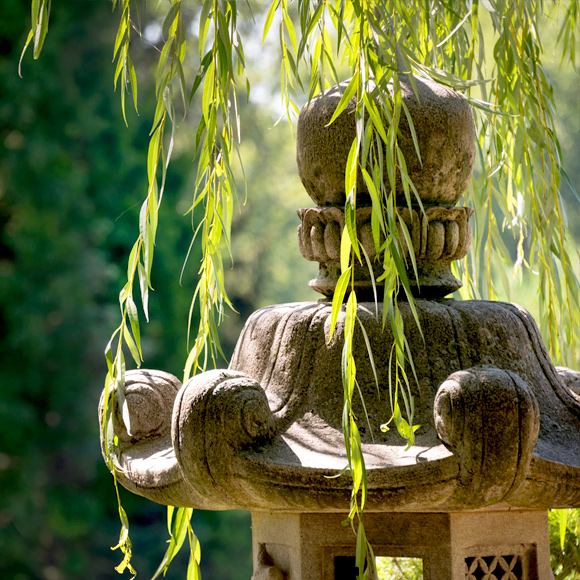
Enhance the mood with garden structures and sounds
Nighttime atmosphere can make for a magical evening. A few sensory features such as white or gray painted structures or statues, wind chimes or fountains will add the perfect finishing touched to your evening ambience.
Keep out pesky party crashers
Mosquitos are never a welcome guest at a nighttime gathering. Keep them at bay by eliminating all standing water. You can also use citronella (including the actual citronella plant, or candles, lamps, and tiki torches) to help keep them away.
©2018 Chicago Botanic Garden and my.chicagobotanic.org



